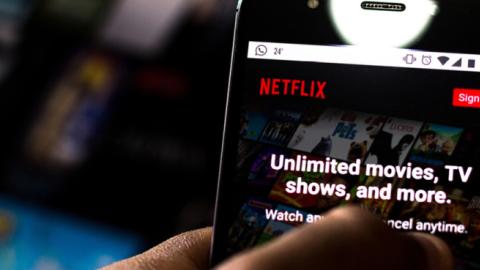What if Congress passed a law mandating that Netflix, YouTube and other video providers would each be barred from making their services available to an arbitrary fraction of American households? It’s absurd, but that’s the reality for owners of traditional television broadcast stations—a restriction that makes less sense than ever in today’s diverse video marketplace. The Federal Communications Commission could help.
In 2004 Congress answered a sensible FCC deregulatory effort by mandating that no person or company could own TV stations that would reach more than 39% of the population, or 78% if it used weaker signals. The law authorized the FCC to raise the cap to 78% of the country for all TV stations, but the commission never acted, even as the market changed dramatically.
Broadcast viewership and ad revenue are declining as viewers turn to alternatives. The time adults under 35 spend watching traditional TV or cable channels plunged 33.1% between 2014 and 2017. Local over-the-air TV advertising revenue has plummeted 40% since 2000, adjusted for inflation. Online and mobile ad purchases have risen from 8.1% of the local ad market in 2010 to 28.8% in 2018. That’s projected to grow to 38.2% by 2023, vs. 10.8% for local television.
Read the full article in Wall Street Journal















